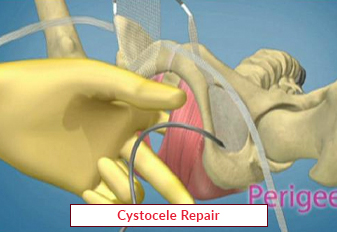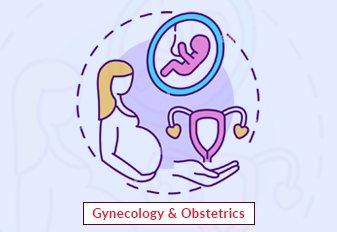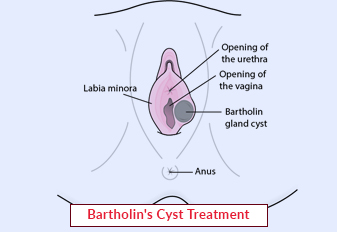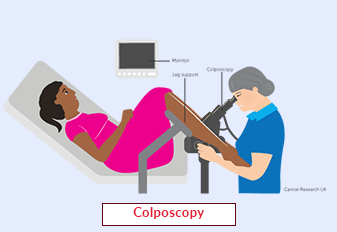Cystocele Repair

Cystocele, also known as anterior vaginal wall prolapse or bladder prolapse, is a condition where the supportive tissues between the bladder and the vaginal wall weaken, causing the bladder to descend into the vagina. This can lead to discomfort, urinary problems, and impact a woman's quality of life. Cystocele repair, also referred to as anterior vaginal wall repair or cystocele suspension, is a surgical procedure performed to correct the prolapse and restore bladder support. In this article, we will explore the concept of cystocele repair, its significance in treating cystocele, and the procedure involved.
Book an AppointmentAbout Cystocele Repair
Cystocele repair is a surgical intervention aimed at restoring the normal position and support of the bladder. The procedure involves strengthening the supportive tissues and structures in the anterior vaginal wall to reposition the bladder and alleviate the symptoms associated with cystocele.
Procedure of Cystocele Repair
The specific surgical approach for cystocele repair may vary depending on the severity of the prolapse, the patient's overall health, and the surgeon's expertise. Here is an overview of the commonly performed procedures:
-
Anterior Colporrhaphy:
a. Anesthesia: The patient is placed under general or regional anesthesia for optimal comfort during the procedure.
b. Incision: A surgical incision is made in the anterior vaginal wall to access the weakened tissues and structures.
c. Repair of the Vaginal Wall: The supportive tissues and fascia in the anterior vaginal wall are reinforced and tightened to restore the bladder's normal position.
d. Closure: The incision is carefully closed using sutures to secure the repaired tissues. -
Mesh Augmentation:
a. Anesthesia: General anesthesia is administered to ensure the patient's comfort throughout the procedure.
b. Mesh Placement: A synthetic mesh is inserted through an incision in the anterior vaginal wall to provide additional support and reinforcement to the weakened tissues. The mesh acts as a scaffold, promoting tissue growth and stability.
c. Securement and Closure: The mesh is securely positioned, and the incision is closed using sutures or surgical adhesive. -
Minimally Invasive Techniques:
Minimally invasive approaches, such as laparoscopic or robotic-assisted procedures, may be utilized for cystocele repair. These techniques involve using small incisions and specialized instruments to access and repair the prolapsed tissues. The specific steps of the procedure vary depending on the approach chosen.
Require Assistance?
Get A Quick Callback From Our Healthcare Experts






